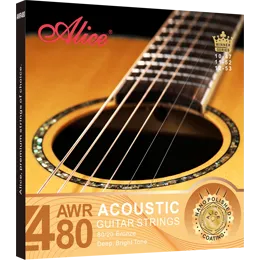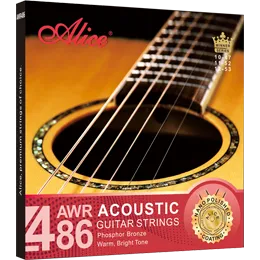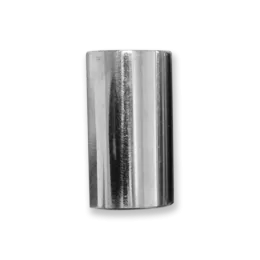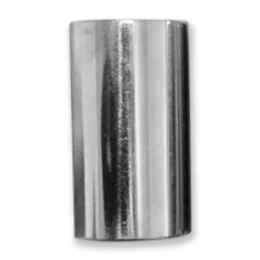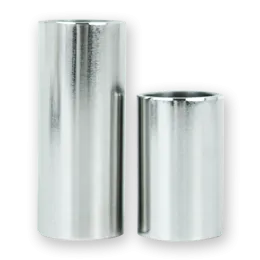Guitar Strings Guide: Everything You Need to Know
One of the beauties of playing guitar is that the sound, tone, and experience are unique. Different guitar strings will create a distinct tone. However, it can be difficult to make the best choice with many options available.
On the other hand, guitar strings are often prone to wear and corrosion. By playing the guitar carefully, cleaning the strings correctly, and storing the guitar in optimal conditions, you can extend the lifespan of the guitar strings.
Today, in this article, we will mainly discuss how guitar strings are classified, and how to properly maintain them. Let us take a look!

Guitar strings guide: guitar strings classification
l String size
One of the most important factors in a guitar string is its size, referring to its width. The size of guitar strings also depends on their weight, from extra light to extra heavy.
1. Light and extra light guitar strings
The tension of the light string is lower. Therefore it’s easier to play notes and the sound is less harsh. For this reason, light strings are especially popular with blues players. In addition, the low tension puts a lot less stress on the guitar’s neck and can help prevent damage to the instrument.
2. Heavy and extra heavy guitar strings
Heavy stings are less likely to break, sound louder, and project better than light strings. Slide guitarists tend to choose heavier strings. When playing a slide, the heavy string sounds better and provides the tuning stability required on guitars. In addition, heavy strings have a warmer, mellower sound, making them ideal for jazz.
l String material
The main materials that strings include metal strings made of steel and nickel, metal strings made from brass or bronze, and strings consist of nylon.
1. Steel and nickel strings
Steel sounds sharp, while nickel sounds full-bodied and warm. People who play music genres like the blues will get a better tone from nickel strings. On the other hand, steel strings have been popular for rock, metal, and country music.
2. Brass and bronze strings
Brass and bronze strings are a variation of steel strings. A guitar larger than OM size is more suitable for brass plated strings. Bronze plated strings have a smoother and warmer sound than the brass, making them perfect for softer music.
3. Nylon strings
This type of string is typically used on classical guitars, and the sound is light and warm. Some artists have used nylon strings on steel-string guitars to produce a softer and warmer tone.
Guitar strings guide: how to maintain a guitar string
l Change the strings in time
There is no specific time to change a guitar string as it depends on many factors. One suggestion is to change the strings after 100 hours of playing. Another rule of thumb is changing guitar strings in one to three months. The following signs tell you it's time to change guitar strings:
1. Dull Tone
New guitar strings sound clear and crisp, while old ones sound flat and dull. When guitar strings wear out, the resonate and sustain will change. As a result, the strings will alter the tonal quality of your instrument.
2. Tuning
Worn-out guitar strings are more difficult to get in tune and keep in tune. Even you have tuned the strings, they will go back to their original state. Keeping guitar in tune is essential to a consistent and high-quality sound.
3. Corrosion or breakage
If you compare old guitar strings with new strings, you may see discoloration or rust on older strings. Sometimes, you may even see the wire peeling off the string as it erodes. The deterioration of guitar strings will make them easier to break.
l Clean guitar strings each time you play
Microfiber cloths are the perfect choice for cleaning guitar strings because they won't leave a residue. In addition, wash your hands regularly to remove excess oil and residue. The natural oils on your skin can corrode the exterior of guitar strings. Avoid applying perfumes or lotions to your hands before playing, as their ingredients may cause damage.
Before playing:
Use a microfiber cloth to remove any moisture from the strings, pickups, and neck.
After playing:
Wipe down strings, fretboard, pickups, tuning machines, and guitar body.
l Minimize string bends
The pitch will rise when you push a string tightly over the fretboard. The technique is often used in rock and blues music. However, this can damage the string's internal structure, causing guitar strings to wear out more quickly. Nylon strings have higher resistance than metal strings, and metal strings are generally more difficult to restore to their original shape.
How Alice Strings can help you

After 20 years of development, Alice Strings has become one of the most influential musical instrument strings and accessories manufacturers around the globe.
The company provides more than 2000 products, mainly classical guitar strings, acoustic guitar strings, electric guitar strings, bass strings, and instrument accessories.
With the full implementation of the ISO9001:2015 standard, the entire process from raw materials to finished products and packaging products is strictly monitored.
If you are looking for a reliable supplier. Contact us!
Relate News


Introducing Alice Strings: Elevating the Art of Sound with Premium Instrument Strings

Everything You Should Know about an 8-String Mandolin

Daniele Defranis Visited Alice for Feeling the Best Classical Guitar Strings
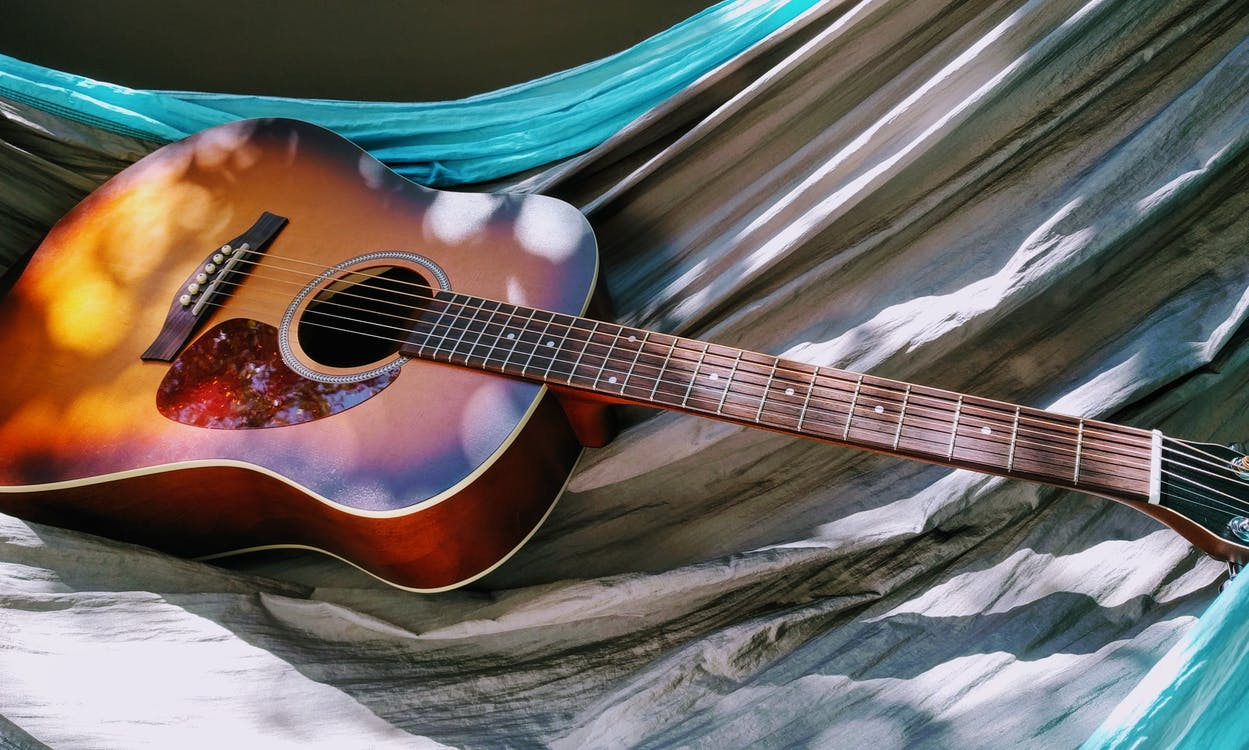
The Complete Guide to the Types of Guitar Strings

Music China 2019 | Alice Strings Attended The Show Flawlessly, and we look forward to seeing you again next year!

从中国走向世界,Alice琴弦倾情赞助第33届德国伊瑟隆国际吉他艺术节!

以弦为媒,连接世界!Alice&Winner琴弦助力第八届秦岭国际吉他艺术节

Alice&Winner琴弦闪耀2025上海国际吉他艺术节,共筑音乐梦想!

Let the world listen to the music of China | Guangzhou Romance attended the Music China 2019 with Alice strings

We attended the 16th Music Guangzhou (2019)






